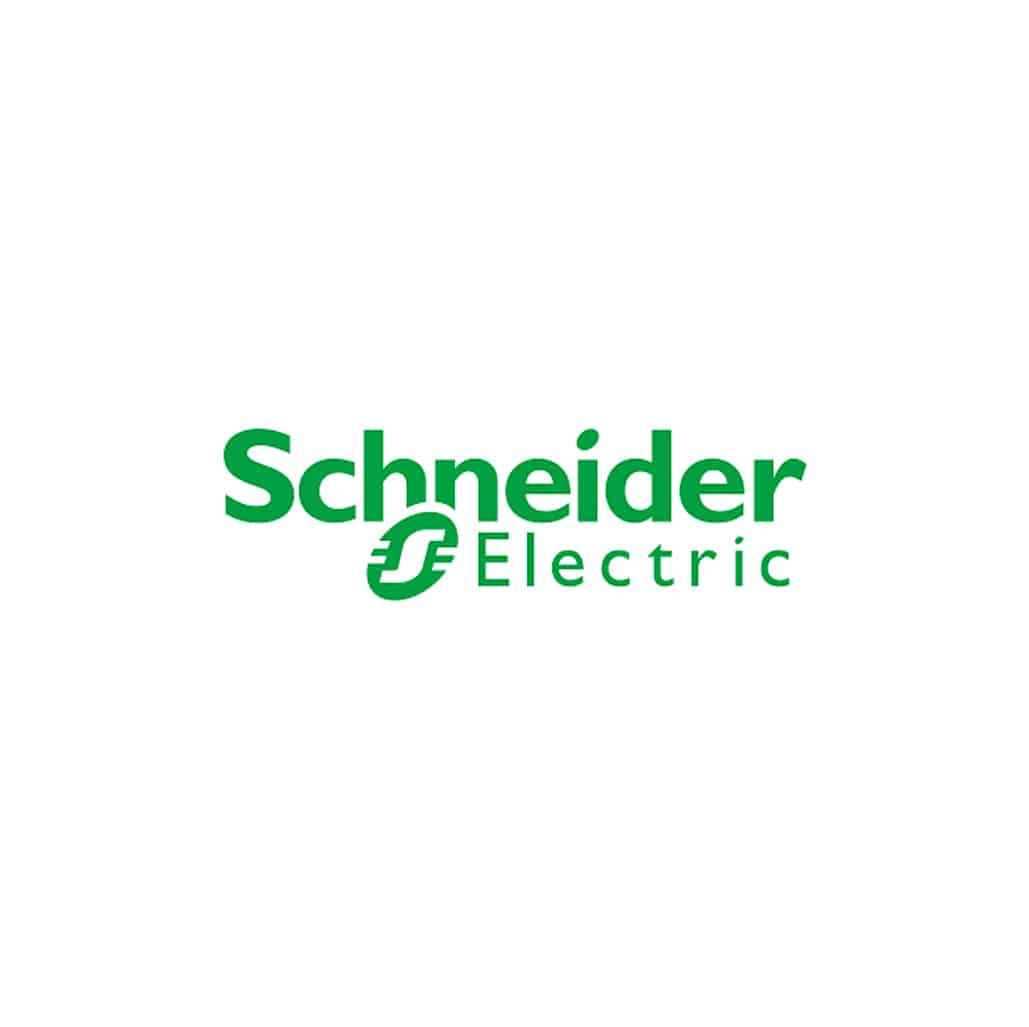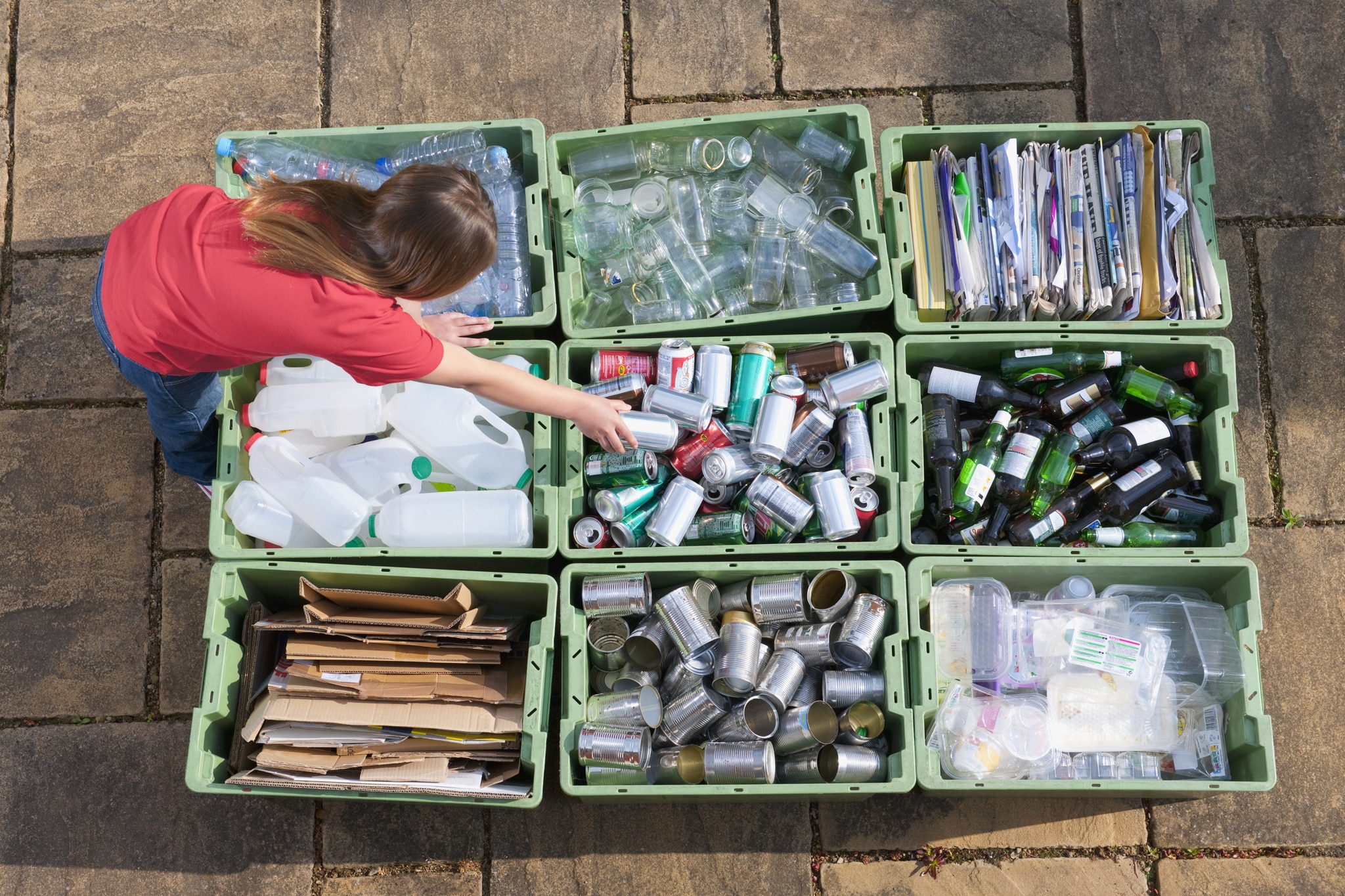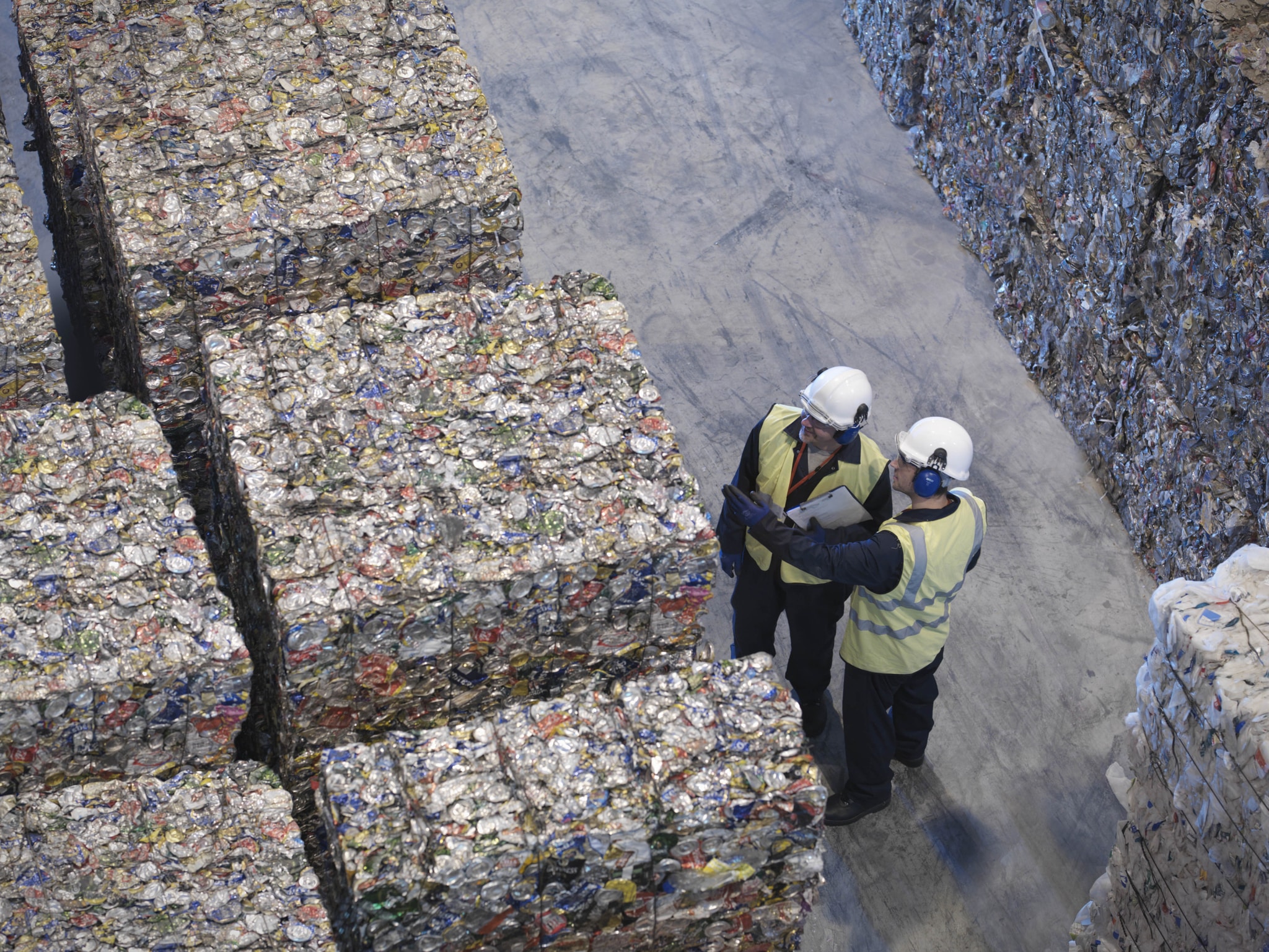80% of products revenues covered by Green Premium™

Terms of the action or commitment
Launched in 2008, Schneider Electric’s Green Premium™ program was created to provide its customers with more sustainable products and to be transparent with environmental information.
the main objectives for the Green Premium™ program is to:
- Ensure compliance with the latest regulations within an even more demanding context;
- Develop new environmental claims within products for higher performance and a clearer differentiation;
- Prepare the digitization of environmental information and ease data sharing with partners;
- Prepare the future of product stewardship for the years to come by developing competencies within the Company.
Schneider Electric Green Premium™ program encompasses three pillars:
- Trust – providing RoHS and REACH substance information and going beyond regulations by applying the same rules regardless of the geographies,
- Transparency – disclose in a digital way the environmental impacts of its products, their end-of-life treatment, as well as any environment-related attribute meaningful for customers, and
- Performance – commitment to deliver products with reduced environmental impact through several forms:
- Usage of lower impact materials (i.e., recycled plastics);
- Enhanced product recyclability to reduce waste and loss of critical raw materials;
- Energy efficient products with at least 10% of improved energy efficiency with respect to the market average or to previous generations;
- Improved durability and the ability to function as required under defined conditions of use, maintenance, and repair, until a final limiting state is reached (which should be at least 5% higher than market average);
- The ability to provide SF6-free products;
- Repair parts of products easily.
To create even more differentiation on our market, Schneider Electric aims, by 2025, at accelerating the deployment of performance claims and foster the digitization of created information.
Performance categories in bold above are directly linked to circular economy.
Levers mobilized for circular economy (according to Ademe)
Implementation timeline
Starting year
2021
Ending year
2025





